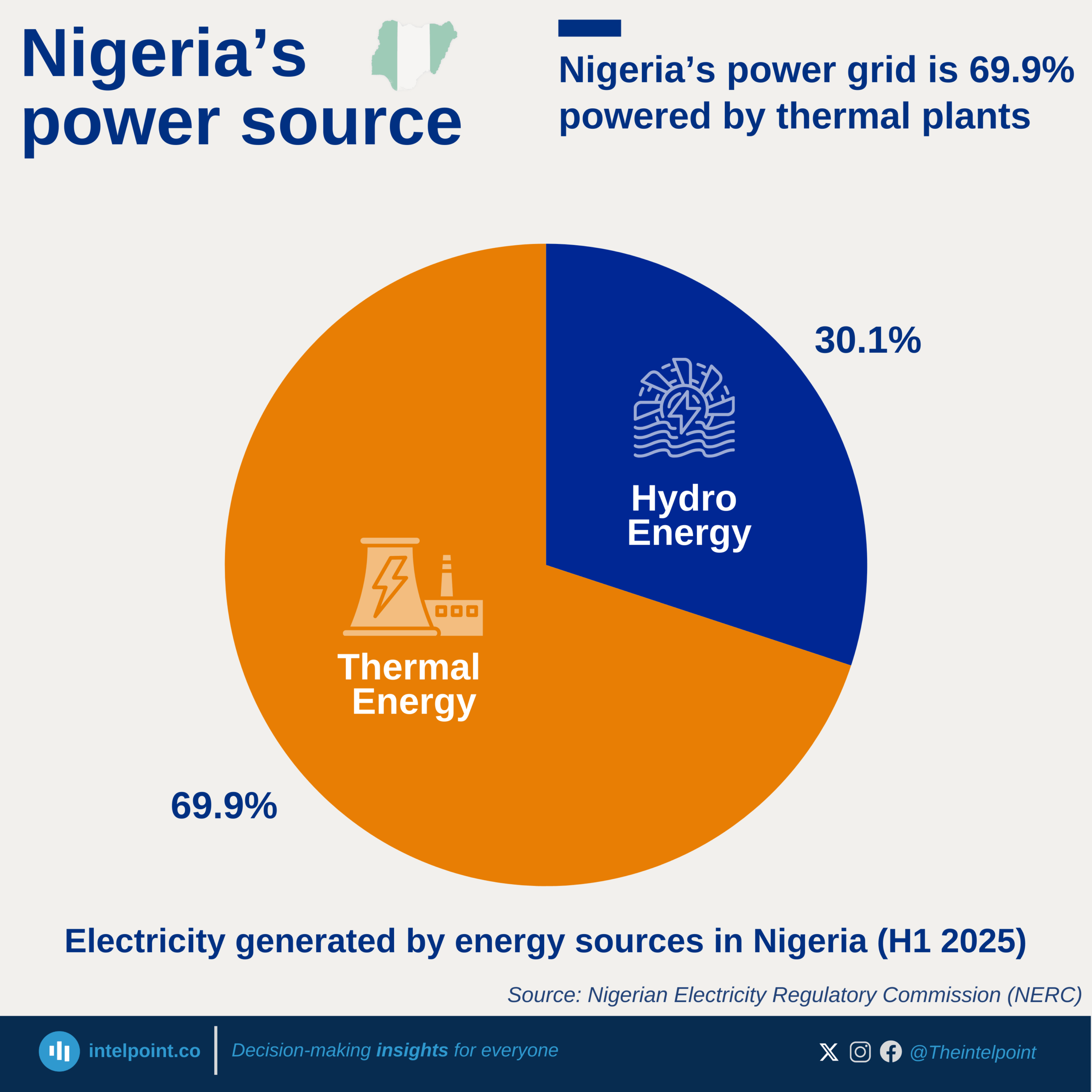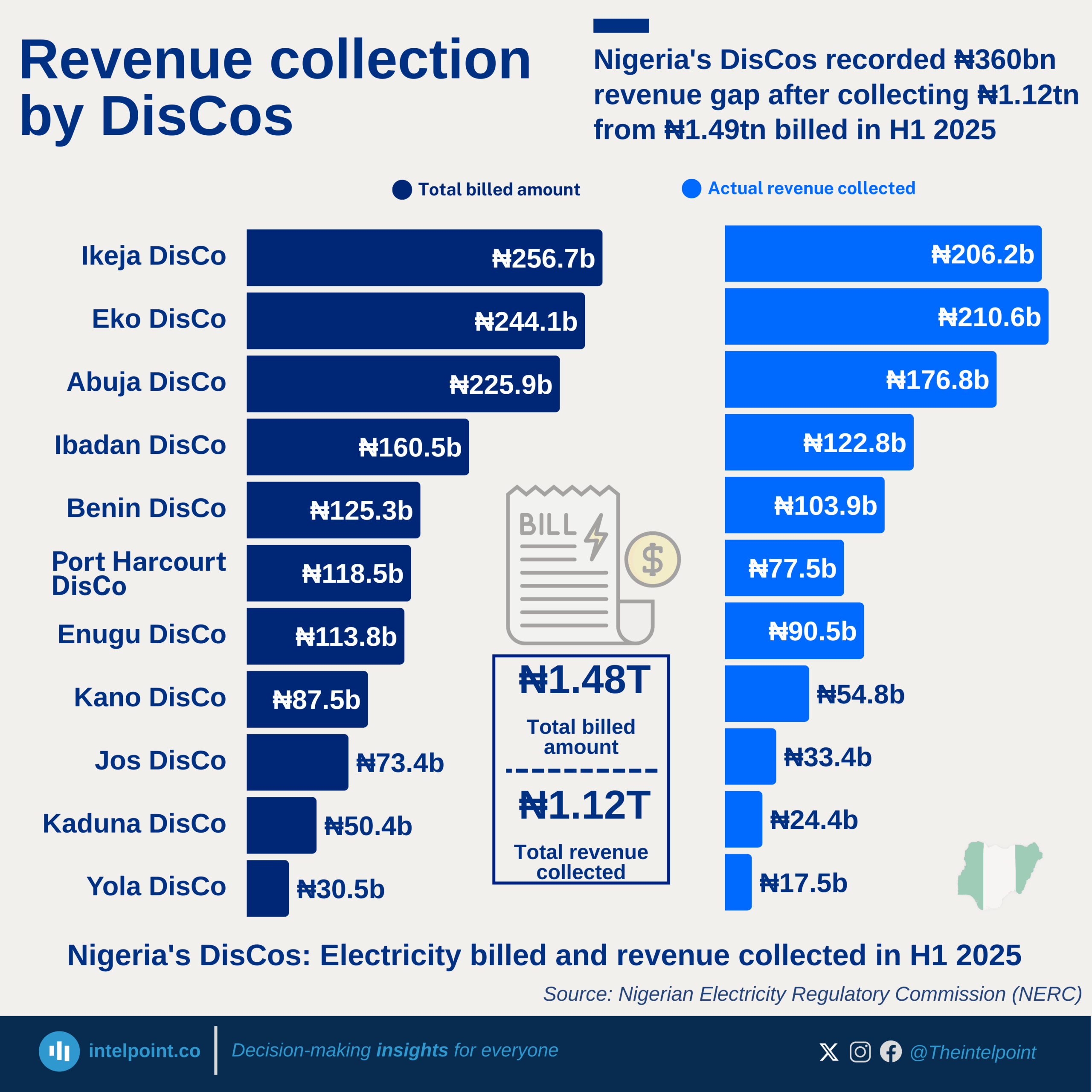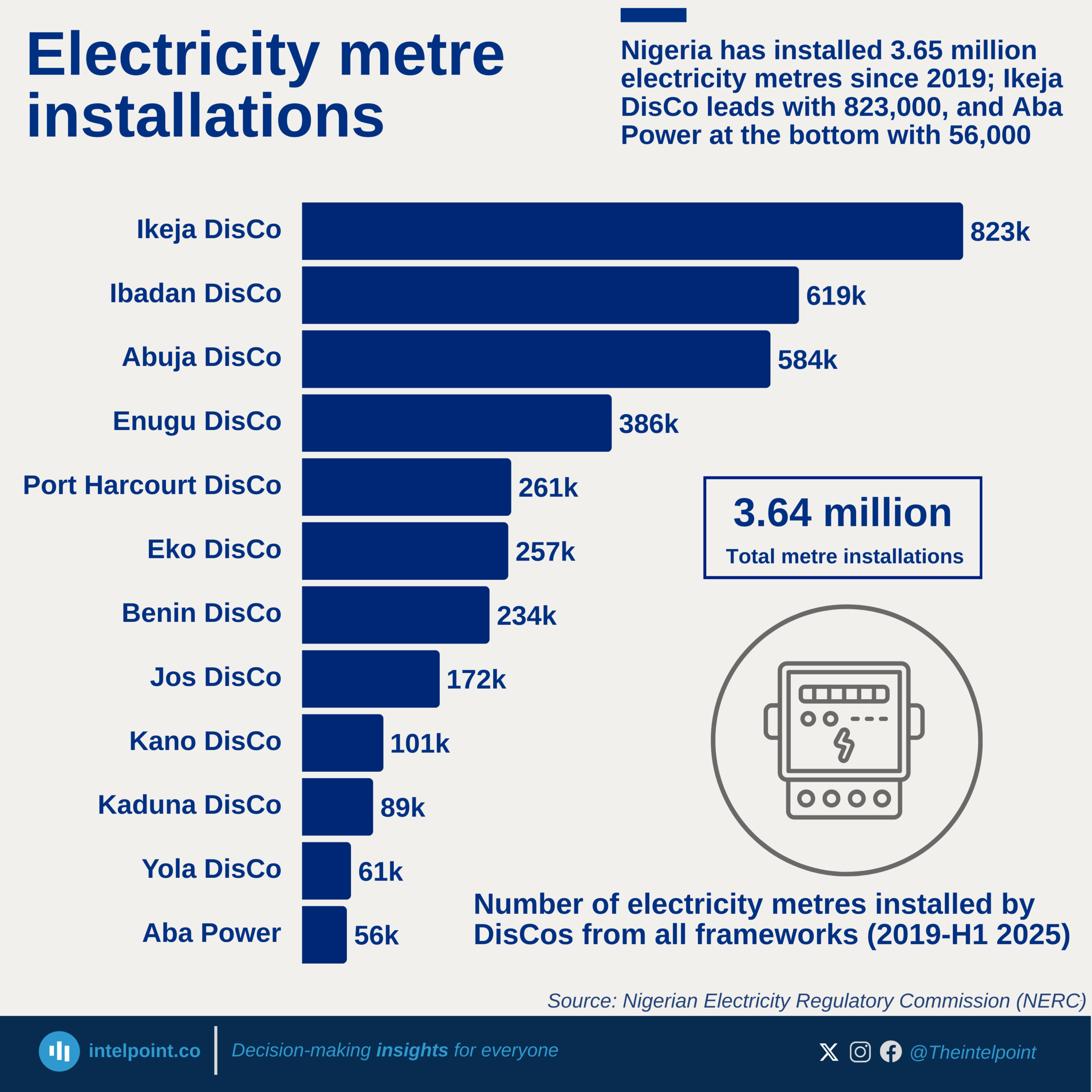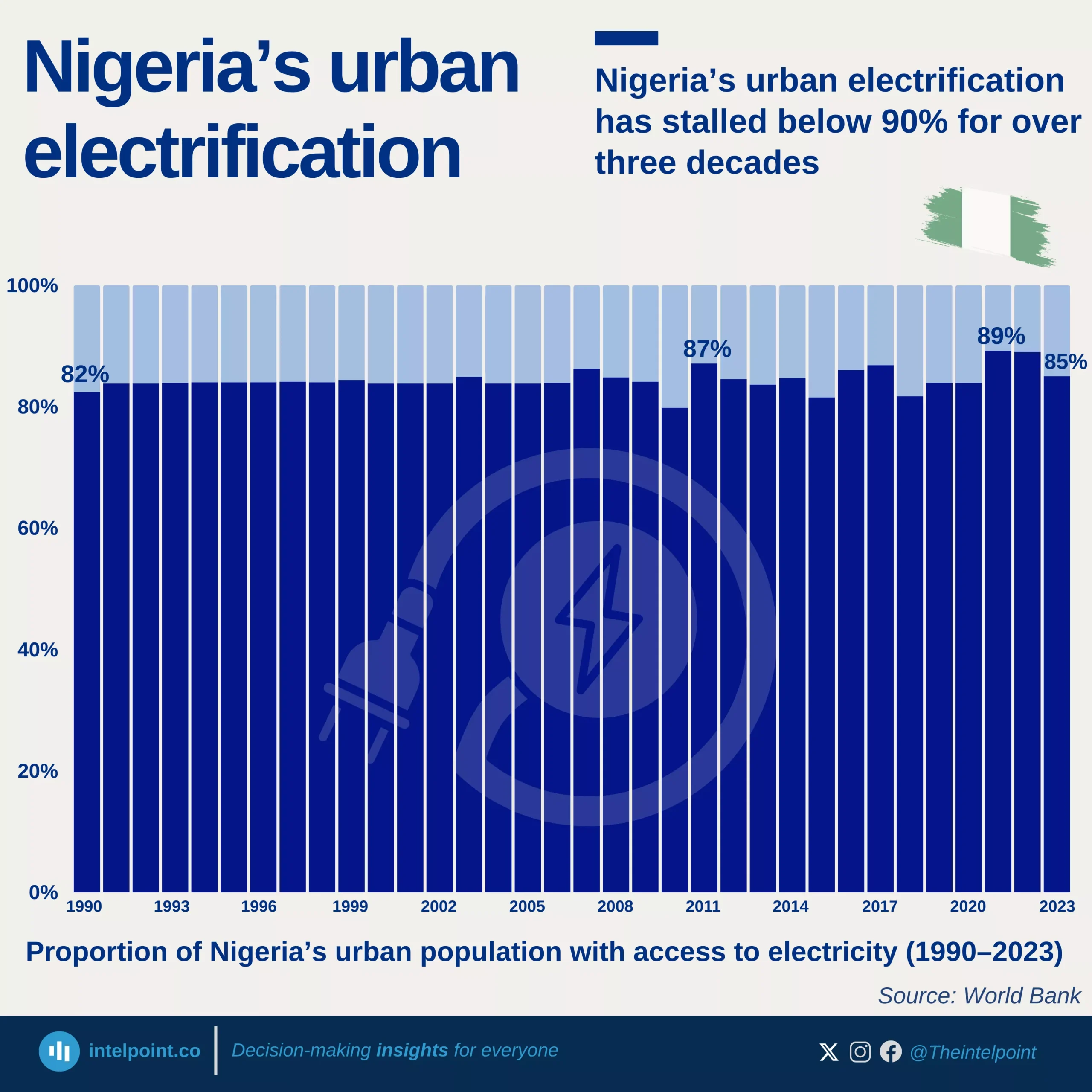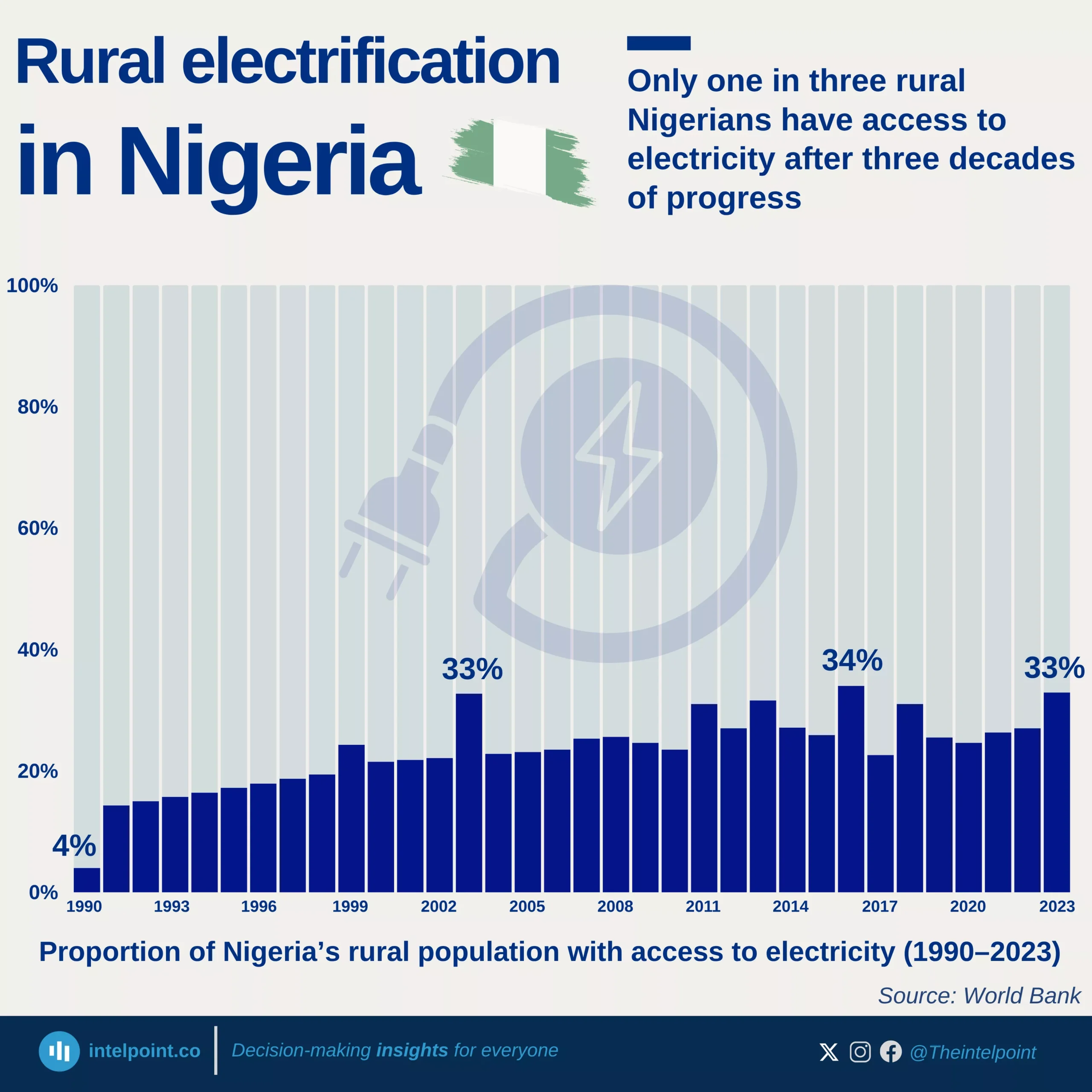Over the years, Nigeria has seen significant increases in electricity revenue.
Revenue surged from ₦129 billion in 2015 to ₦683 billion in H1 2024, while the number of customers has doubled from 6.5 million to 13 million.
This 428% increase in revenue highlights rising consumption and tariff hikes.
